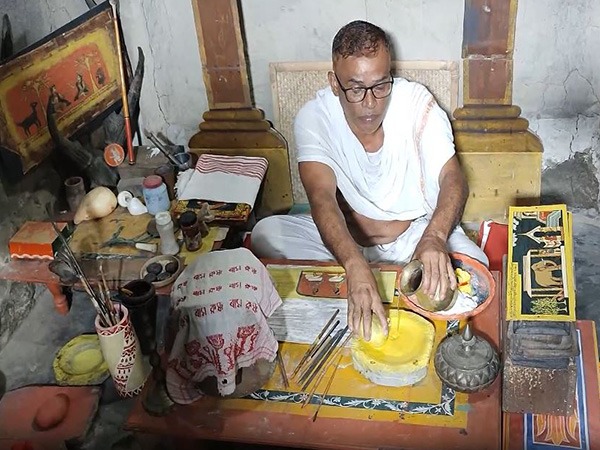On the world's largest inhabited river island, Majuli, a silent revolution is underway in its midst. Mridul Barua, a thirdgeneration manuscript artist, is carrying on a 600yearold tradition once the pride of saintreformer Srimanta Sankardeva and the Ahom monarchs.
Highlights of Artistic Revival of Majuli
-
Manuscript painting began in 1467 as a religious narrative genre in the form of Agarwood bark scrolls and natural pigments like hengul (mercury oxide) and haital (arsenic sulfide).
-
Barua's art is still entirely handmade: bark is dried in the sun, soaked, polished with shells, smeared with sticky rice and dal paste, and then painted.
-
It provided the art with a Geographical Indication (GI) tag, boosting tourism and popularity across India.
Legacy and Learning
-
Mridul teaches over 200 students in the GuruShishya Parampara, introducing younger students to acrylics and progressing them to the ancient method.
-
It has been displayed all over the nation and even at the Ram Mandir in Ayodhya.
-
The manuscripts generally illustrate epics such as the Ramayana and Mahabharata, but also include medicinal knowledge, astrology, and philosophy.
Cultural Impacts and Future Prospects
-
Researchers and visitors visit Barua's workshop to learn and purchase these special pieces, encouraging livelihood and conservation.
-
With over 1,000 students, Barua's vision is clear: make the art endure a generation beyond his own.
Sources: ANI News, WebIndia123, Sentinel Assam, Times of India, Sahapedia, The Cultural Heritage of India, Organiser.org

